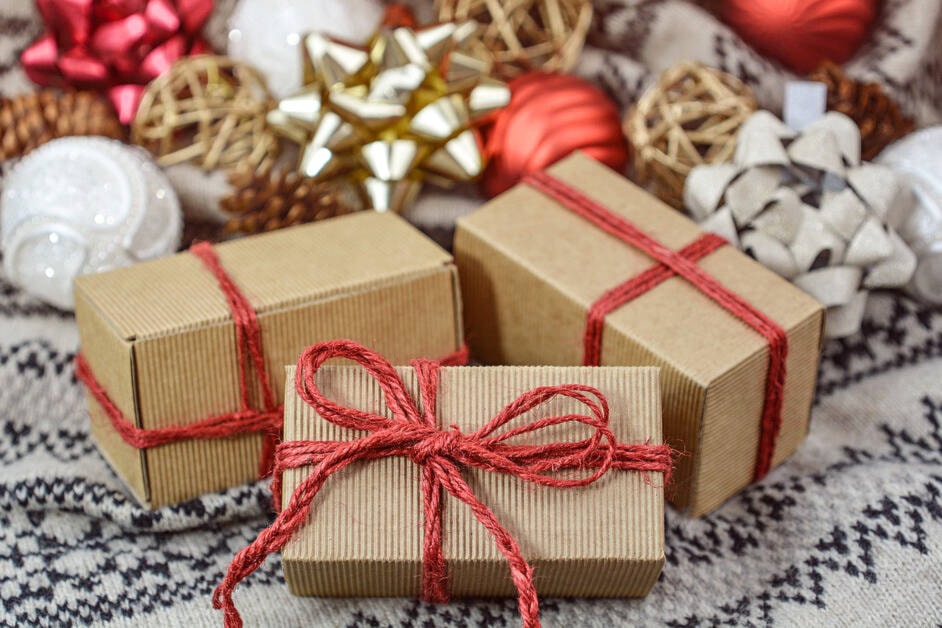“Brown paper packages tied up with string” are one of the “favourite things” Maria sings about in The Sound of Music. If you want to give a Christmas present to Mother Nature this year, consider going the brown paper and string route this year, when wrapping Christmas gifts.
Some 25 to 35 per cent more waste is generated during the holiday season, and much of that waste is made up of wrapping paper, plastic ribbon, and plastic bows that end up in the landfill. Use plain brown paper and cloth ribbons as an alternative to commercial wrapping paper. If you are a crafter, and have odds and ends of fabric at hand, use that as wrapping, or consider buying a bolt of festively-patterned fabric and cut it down to the right sizes.
For those who like the look of wrapping paper under the tree, it can be re-used from year to year. It might sound extreme, but it can create “heirloom” paper that is enjoyed again and again. Another option is to wrap a gift in a small throw blanket, giving two gifts for the price of one.
Metallic wrapping paper, while attractive, is not recyclable. Ordinary, non-metallic wrapping paper can be recycled, however, so remember to set it aside come Christmas morning.
Plastic bows are another item that can be reused year after year, rather than thrown away after just one use. It is an approach that will also save money, as consumers will not have to purchase bows every holiday season.
Food and paper waste from holiday entertaining is another contributor to the increase in waste. Rather than buy paper plates and plastic glasses and cutlery for parties and dinners, people should try to stick to their normal plates. Doing dishes together is great family time, and means that plastic glasses and cutlery, which aren’t recyclable, don’t end up in the landfill.
Food waste is another issue, with leftover food often being thrown away. An option is to send leftover food home with guests in Ziploc bags, or ask guests to bring a plastic container so they can take food home. That way leftovers are enjoyed, not tossed in the trash.
When it comes to gifts, over-packaging is a major source of waste. While there is little consumers can do about items that come pre-packaged in layers of cardboard, plastic, and styrofoam, people can try to separate recyclables such as cardboard and paper and recycle them. Reusable bags are becoming more and more common, as retailers eliminate single-use plastic bags or charge for them. Keep a supply of reusable bags in your vehicle, and remember to bring them with you when you shop.
A good way to cut down on over-packaged gifts is to give experiences instead. Material things can be lovely, but many end up gathering dust or are soon forgotton. Experiences with loved ones — such as tickets to a concert or sporting event, or a day trip to the ski hill or a beach — become cherished memories.
You can also give someone a special experience for them to enjoy, like horseback lessons, a round of golf, or a day at the spa. Or make up a few gift certificates and give the gift of something they don’t like to do, such as detailing their car. It’s the perfect way to give two gifts at once: something special, and a waste-free future.
editorial@accjournal.ca
Like us on Facebook and follow us on Twitter
